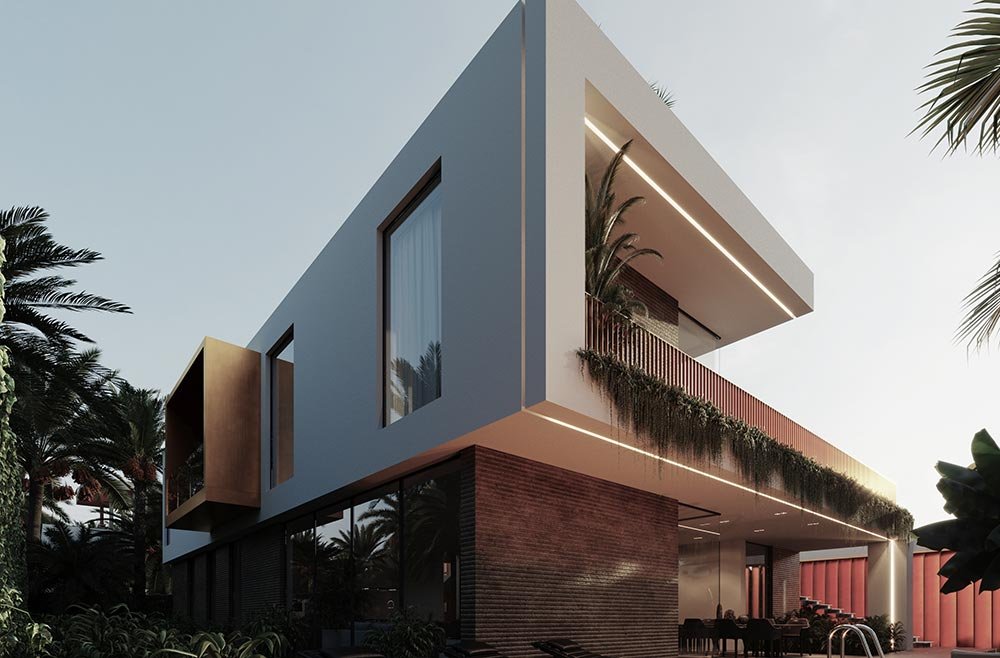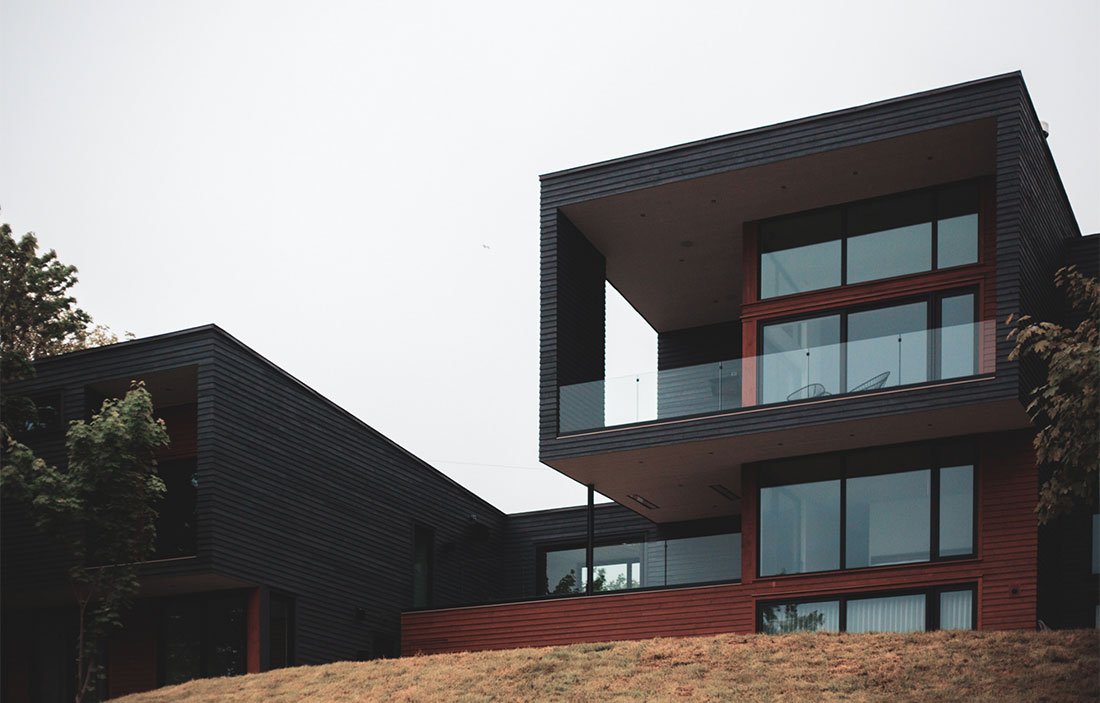Exploring Contemporary Architecture and Design: Innovation Meets Aesthetics
Contemporary architecture and design are all about blending innovation with aesthetics to create spaces that are functional, sustainable, and visually captivating. Unlike traditional styles, contemporary design embraces new materials, cutting-edge technologies, and modern sensibilities, offering fresh perspectives on how we live, work, and interact with the environment. Whether it’s a sleek city skyline, a minimalist home, or a sustainable public building, contemporary architecture pushes the boundaries of design, offering spaces that inspire and elevate our experiences. Here’s a look into what defines contemporary architecture and how it continues to shape the world around us.
Unlike traditional styles, contemporary design embraces new materials, cutting-edge technologies, and modern sensibilities, offering fresh perspectives on how we live, work, and interact with the environment..
At its core, contemporary architecture is driven by a desire to adapt to the needs of a rapidly changing world. It blends function with form, ensuring that buildings are not only visually striking but also serve the practical needs of their inhabitants. Sustainability plays a key role, with architects and designers focusing on eco-friendly materials, energy-efficient systems, and designs that promote a harmonious relationship between the built environment and nature. Whether through green roofs, solar panels, or passive heating and cooling strategies, contemporary architecture seeks to reduce its environmental impact while creating spaces that are as sustainable as they are beautiful.
Open-Concept Spaces
One of the most prominent features of contemporary architecture is the open-concept floor plan. By removing walls and barriers, designers create fluid spaces that encourage interaction, flexibility, and a sense of expansiveness. This approach is especially popular in residential designs, where large, open living areas promote a sense of connection between rooms. In commercial buildings, open spaces foster collaboration and creativity, making them ideal for offices and coworking environments.


Integration of Natural Elements
Contemporary design often incorporates natural elements, such as wood, stone, and glass, to connect indoor spaces with the natural world. Large windows, skylights, and glass walls allow natural light to flood into spaces, reducing the need for artificial lighting and promoting a more sustainable approach. Incorporating indoor plants, green roofs, or water features further blurs the line between indoor and outdoor environments, making nature an essential part of the design.
Sustainable Design Principles
As sustainability becomes increasingly important, contemporary architecture is embracing eco-friendly materials, energy-efficient systems, and green building certifications like LEED (Leadership in Energy and Environmental Design). Solar panels, rainwater harvesting systems, and energy-efficient HVAC systems are common in modern buildings, helping to reduce their environmental impact. Passive design principles, such as proper insulation and ventilation, are also integrated into contemporary architecture to reduce energy consumption and improve comfort.
Minimalist Aesthetic
Contemporary architecture often embraces a minimalist aesthetic, focusing on clean lines, simple forms, and functional designs. This approach rejects excessive ornamentation in favor of a “less is more” philosophy, which allows the architecture to speak for itself. Neutral color palettes, such as whites, grays, and blacks, are often used to create a calm, uncluttered environment, while materials like concrete, steel, and glass contribute to the sleek, modern look.
Smart Technology Integration
The rise of smart homes and buildings is another key aspect of contemporary architecture. From voice-activated lighting and heating systems to smart security cameras and automated window treatments, technology is becoming seamlessly integrated into the fabric of modern design. This integration enhances convenience, energy efficiency, and security, making homes and buildings more responsive to the needs of their occupants.
Emphasis on Functionality
Functionality is at the core of contemporary design, with architects prioritizing practicality without sacrificing style. Whether it’s a cleverly designed storage solution or furniture that serves multiple purposes, contemporary interiors are designed with a focus on ease of use and efficiency. Modular furniture, adaptable layouts, and multifunctional spaces ensure that every inch of space is utilized effectively, making contemporary designs ideal for small urban apartments and expansive commercial spaces alike.
Iconic Architectural Landmarks
As contemporary architecture continues to evolve, it has given rise to some of the most iconic buildings in the world. Structures like the Burj Khalifa in Dubai, the Sydney Opera House, and the Guggenheim Museum in New York showcase the creativity and vision of architects who are constantly pushing the limits of design. These landmarks not only serve functional purposes but also act as symbols of cultural identity, innovation, and progress.
Conclusion
Contemporary architecture and design are revolutionizing the way we think about buildings and spaces. By embracing innovation, sustainability, and functionality, contemporary designs offer an exciting glimpse into the future of our built environment. As technology, sustainability practices, and design trends continue to evolve, we can expect contemporary architecture to remain at the forefront of shaping the spaces in which we live, work, and play. Whether in the form of a sleek residential home, a futuristic skyscraper, or a sustainable public space, contemporary architecture inspires and challenges us to rethink the possibilities of design.



Leave a Reply